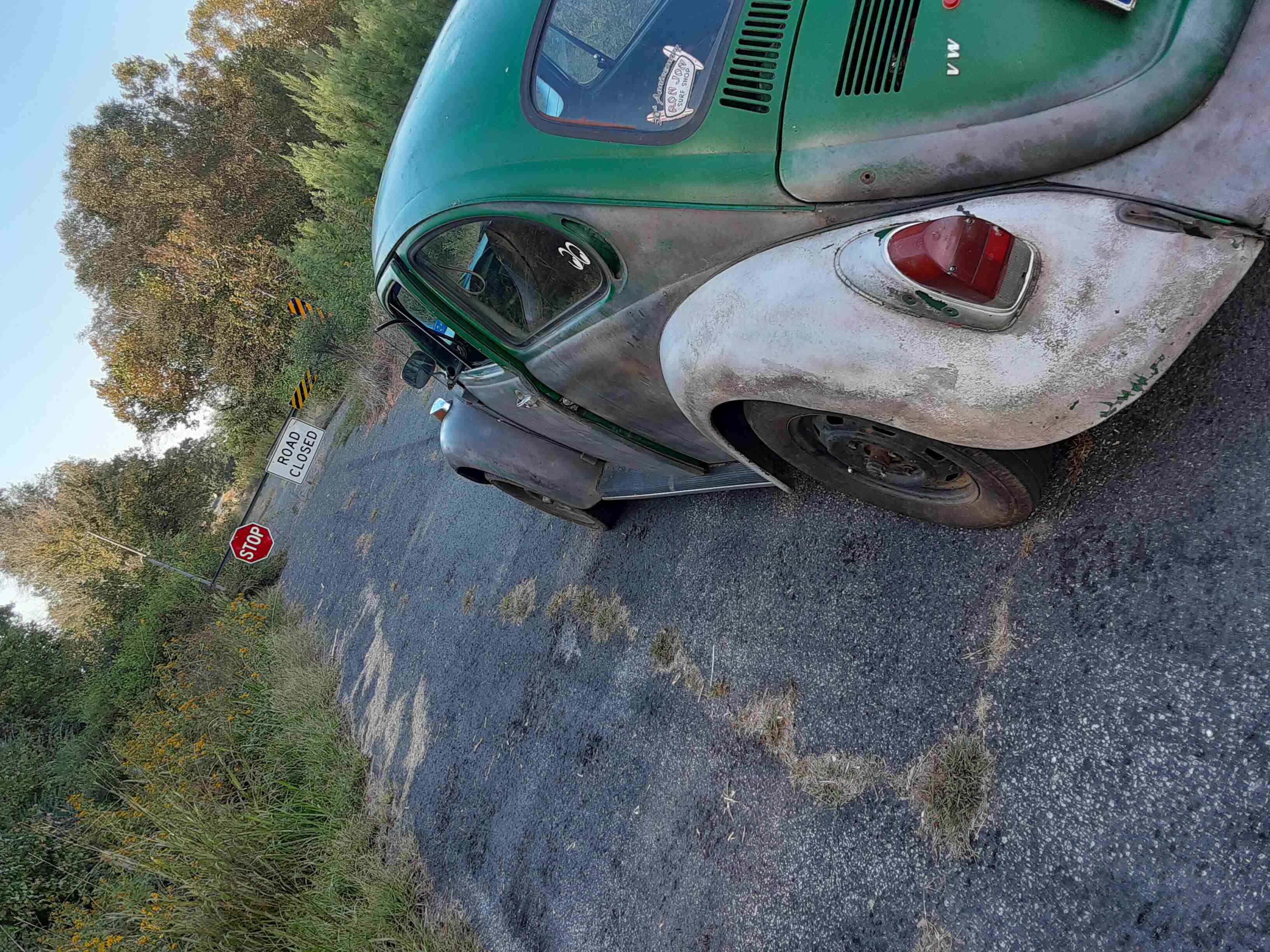
This is a paragraph! Here's how you make a link: Neocities.
As a creative excercise I'm trying to hack a crankshaft repair like in an apocalypse scenario. I have an old vw beetle with a 1600cc engine, maybe 40-50 horsepower... The oil became glittery once because one of the main bearings was moving in it's saddle, wearing against the block. These engines are complete assemblies that protrude entirely from the transmission with no additional support structures, or engine mounts - relying on the transmission support bracket. I've noticed that most of the time when they are serviced that the mains are generally rebored with bearings that come in varying degrees of both under & over sizes like it is standard procedure, and considering the weight of the engine isn't supported, I imagine the block probably distorts over time..
Being on the east coast I don't think there are places that specialize in these or working with magnesium anyway so I had to wonder how to proceed when I stumbled onto some videos of poured babbit bearings. After watching some videos and sleeping on it I realized that these poured bearings have this nifty property of reducing the effort and complexity of typical machinine work due to the liquid metal nature of it and self aligning physics involved. In a nutshell you have an iron crankshaft suspended roughly where it goes and pour molten bearings around it (I think they soot the iron journals (like from an acetylene torch i imagine) up to keep it from sticking and use a clay-like putty to temporarily contain the molten alloy) - a babbit metal, essentially being this solder alloy crafted to have a reasonable strength and melting point for the application. I don't really have the equipment for all of that but it occured to me that the loose thrust bearing issue might inherit those same lazy tactics in lieu of the expertise of a machine shop: The crankshaft has the proper measurements - and the functional surfaces of another bearing that fits the crankshaft can remain 'true'at the working surfaces.. .. and JB weld epoxy is pretty good stuff, supposed to withstand up to 500deg temperatures, and it is elastic for a while during the curing process.. so I hone, clean, roughen up the case & bearing and jb-weld it back in without blocking the oil grooves/passages. It's been about a thousand miles or so and it appears to be holding up. Now I have a new problem though.
I don't think I got the big gland nut that holds the flywheel on tight enough just using an electric impact wrench. It was making a noise and the nut had begun to loosen, messing up the dowel holes. I don't want to get another engine just yet or replace a crankshaft if I can help it so I've decided to make one last attempt to hack it. This time I'll use the impact wrench, mark the flywheel where the nut stops and use a breaker bar to turn it a bit past so I will at least have some reference that it is tighter than last time (probably until the breaker bar gives out) and use JB as a threadlocker. I've got a variety of thrust washers to set it properly and this time instead of the original dowels I'm going to make dowels from tubing or pushrods that I can drive a pin into the center of to expand into the slightly irregular new oval holes of the damaged crankshaft/flywheel.
Also maybe some epoxy on the dowel assemblies..
I have to say - this is a pretty neat engine.. all sorts of it's parameters can, and usually are, casually modified. Different cranks, rods, pistons & cylinders can be used on the same block. Air-cooled. Sometimes repurposed for aircraft, can be modified to use half the number of cylinders or turned into air compressors.. The rocker arm ratios can be changed to alter the valve lift and larger based lifters used to alter the duration spent on the lobes of the camshaft.. Oh, and shims can be added to the cylinders to tailor the compression ratio.
Anyone who has ever used a decent air compressor knows how hot they can quickly become and configured as a combustion engine it can be a lot worse so the ability to adjust the compression is really interesting to me.. I've encountered lore about the disasterous combinations of over sized engines that I imagine could have been avoided if shims had been used to compensate for the increased displacement/combustion chamber ratio and the temptation to increase the compression ratio from the typically modest low compression configurations in misguided attempts to gain power by increasing both displacement and compression simultaneously.. I think because they're air-cooled it is more important to be mindful of the additional heat & to compensate with shims (keeping broken belts and heatwaves in mind). It's really wild how radically these engines can be configured with relative ease.
Do you ever wonder what really makes an engine tick - because I think it is fascinating yet when I talk to other mechanically inclined people I sometimes wonder if they're just nodding amicaibly
Here's how you can add an image:

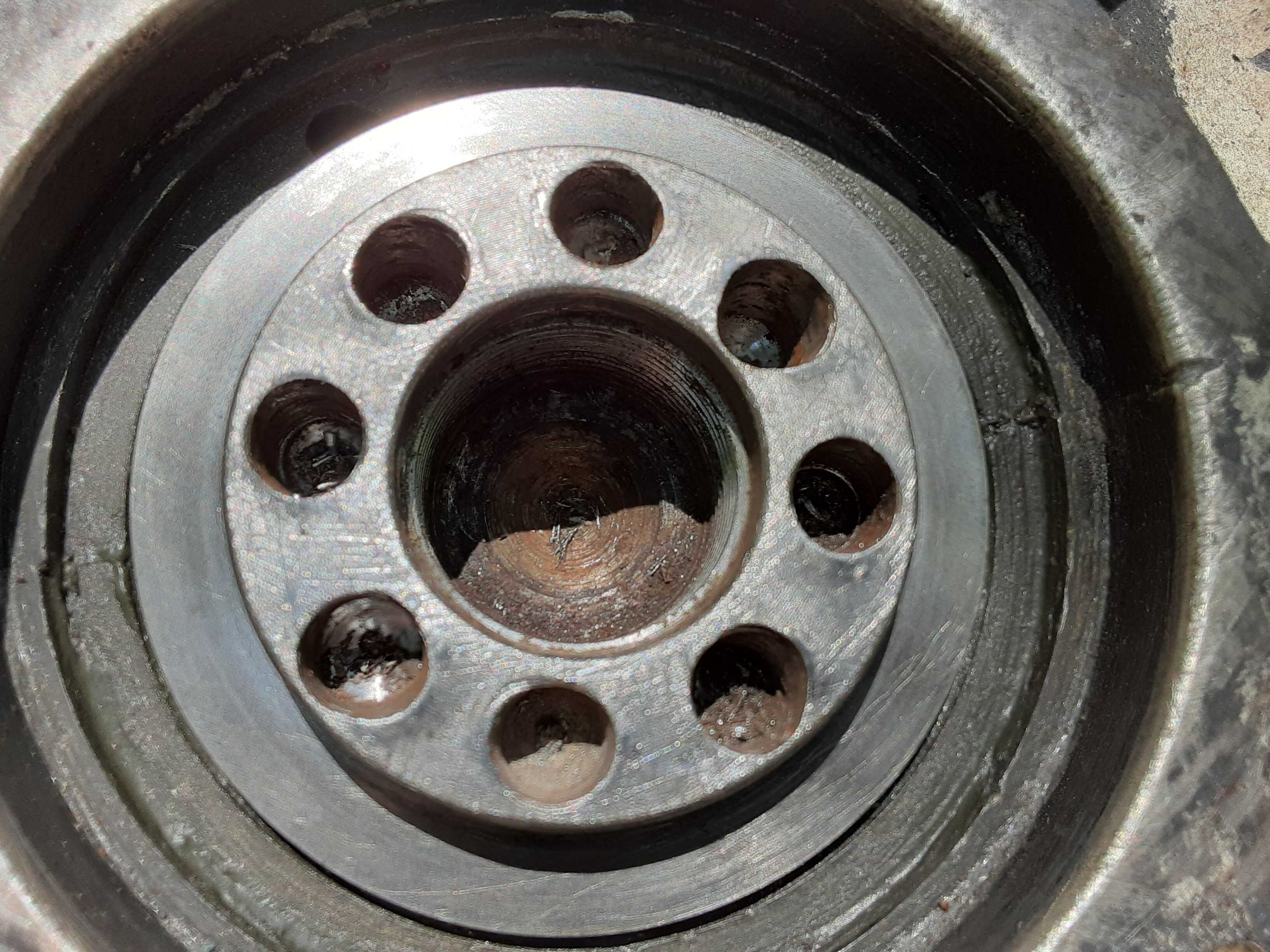
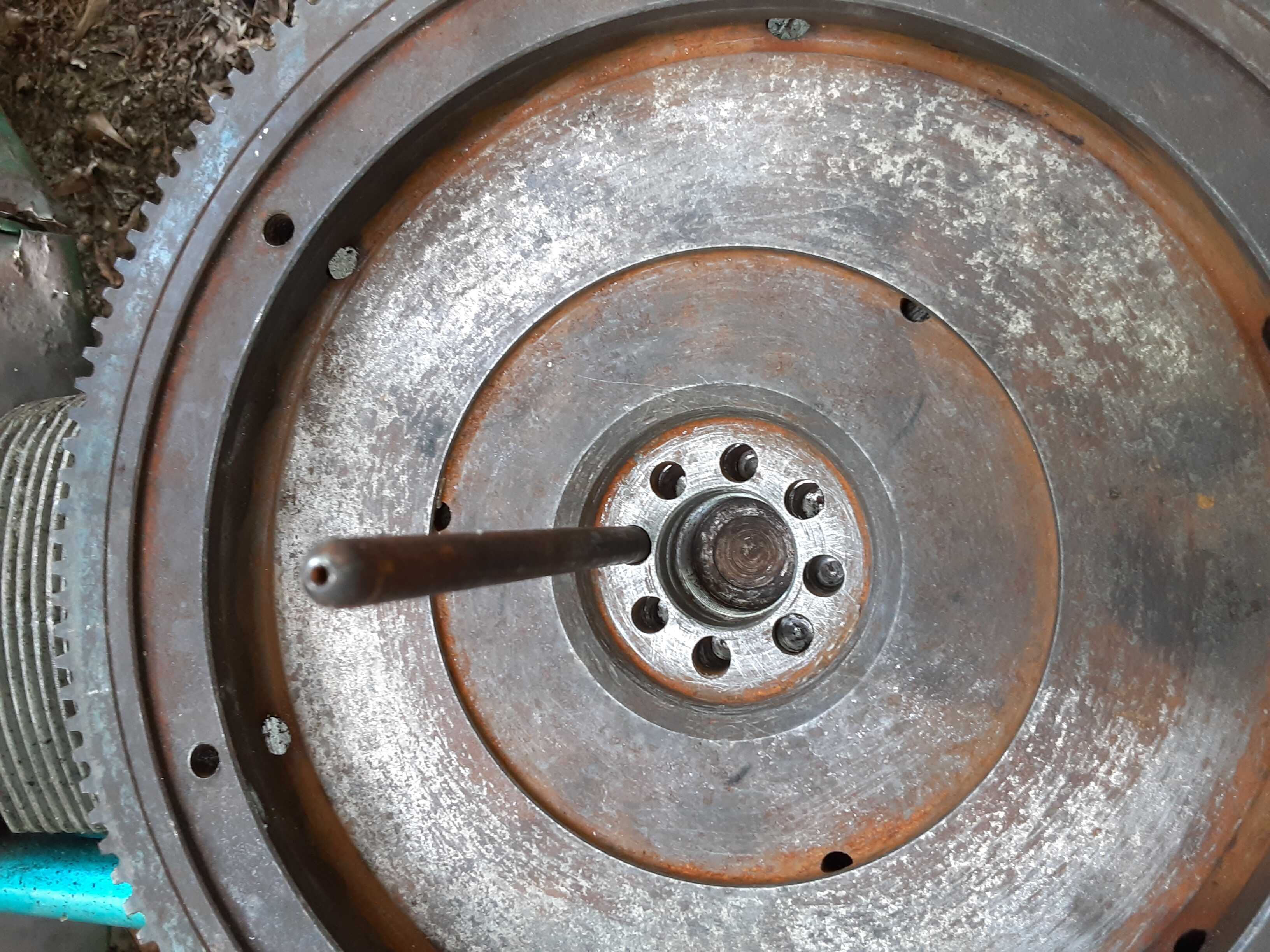
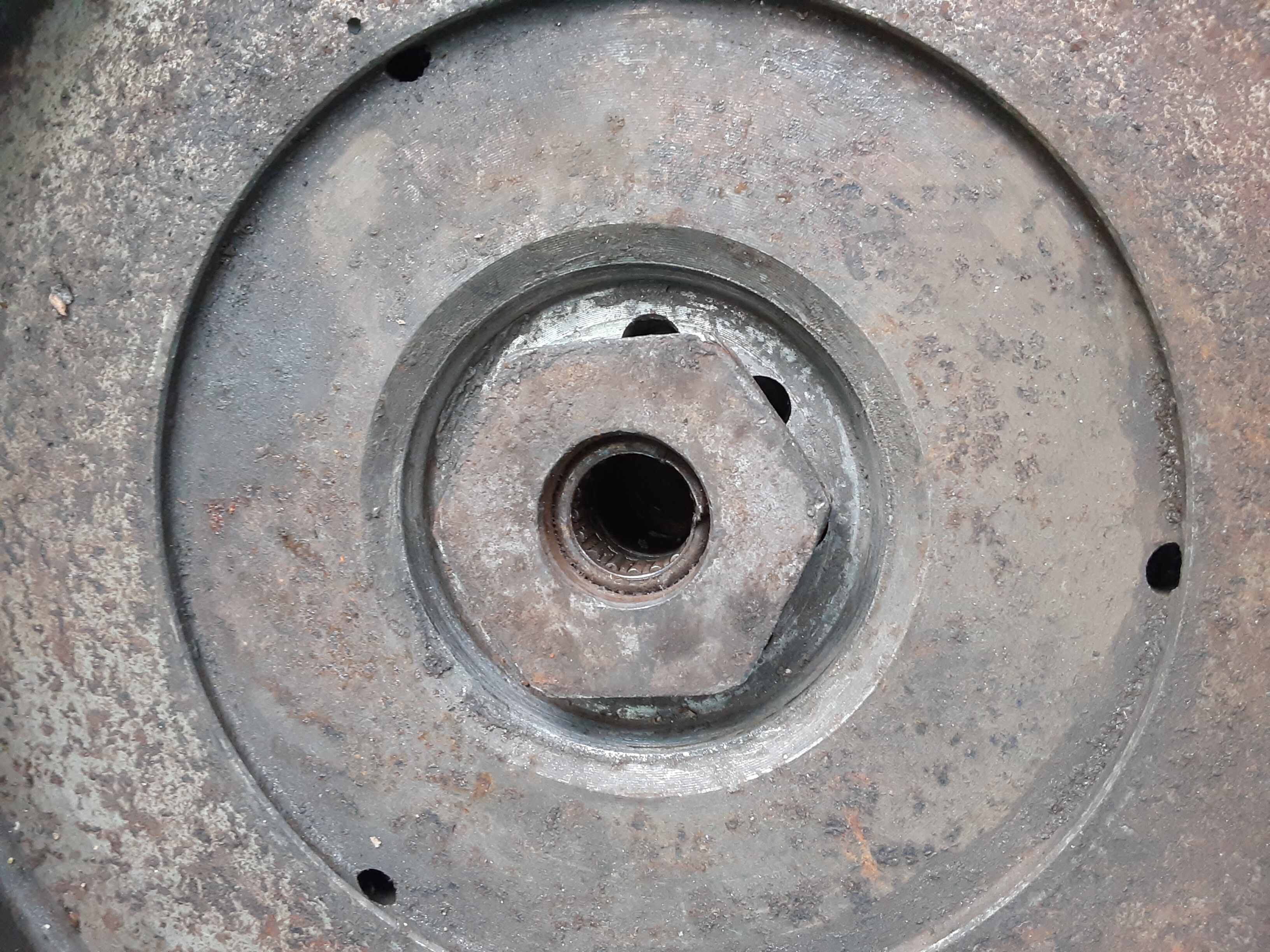
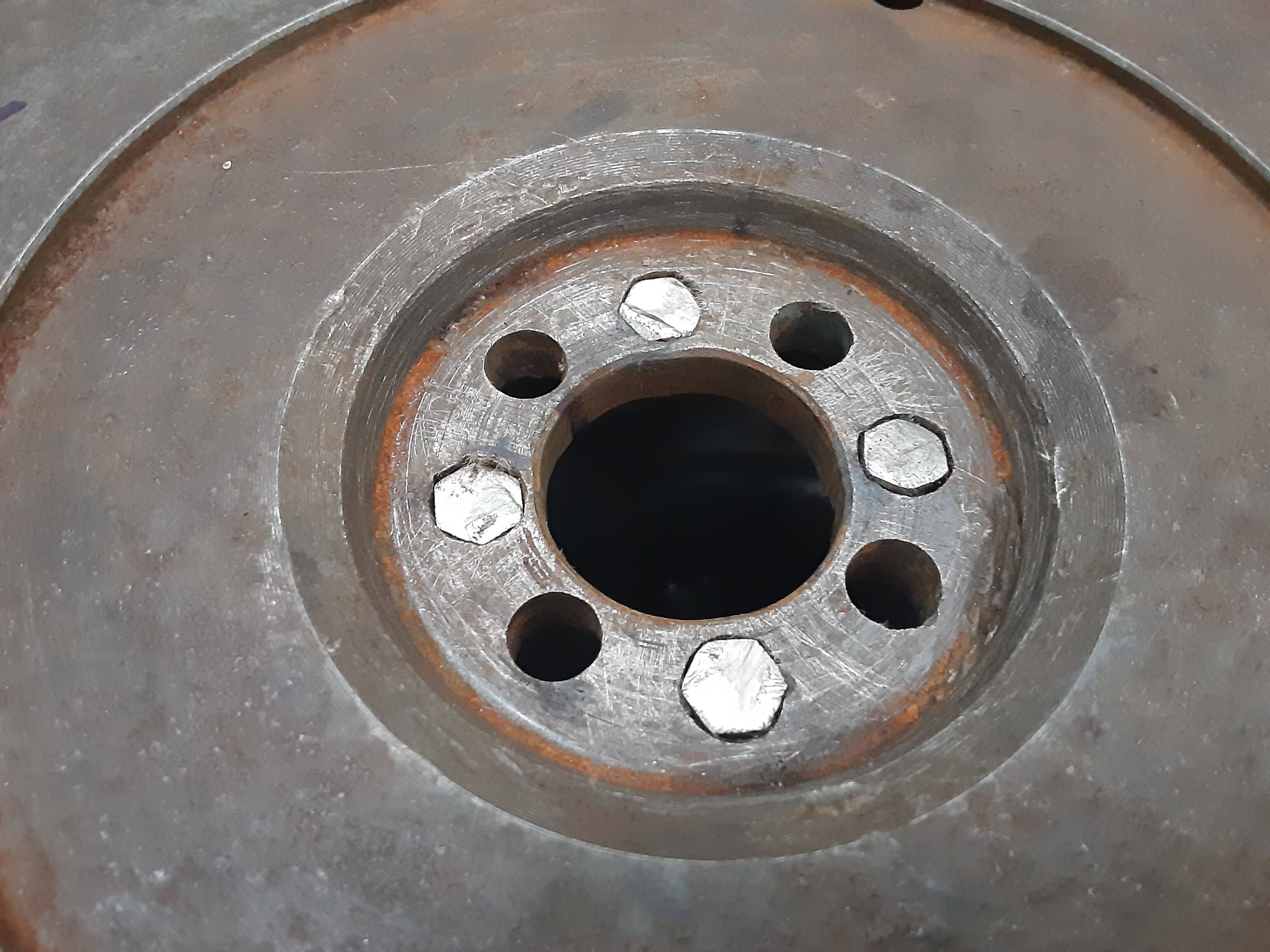

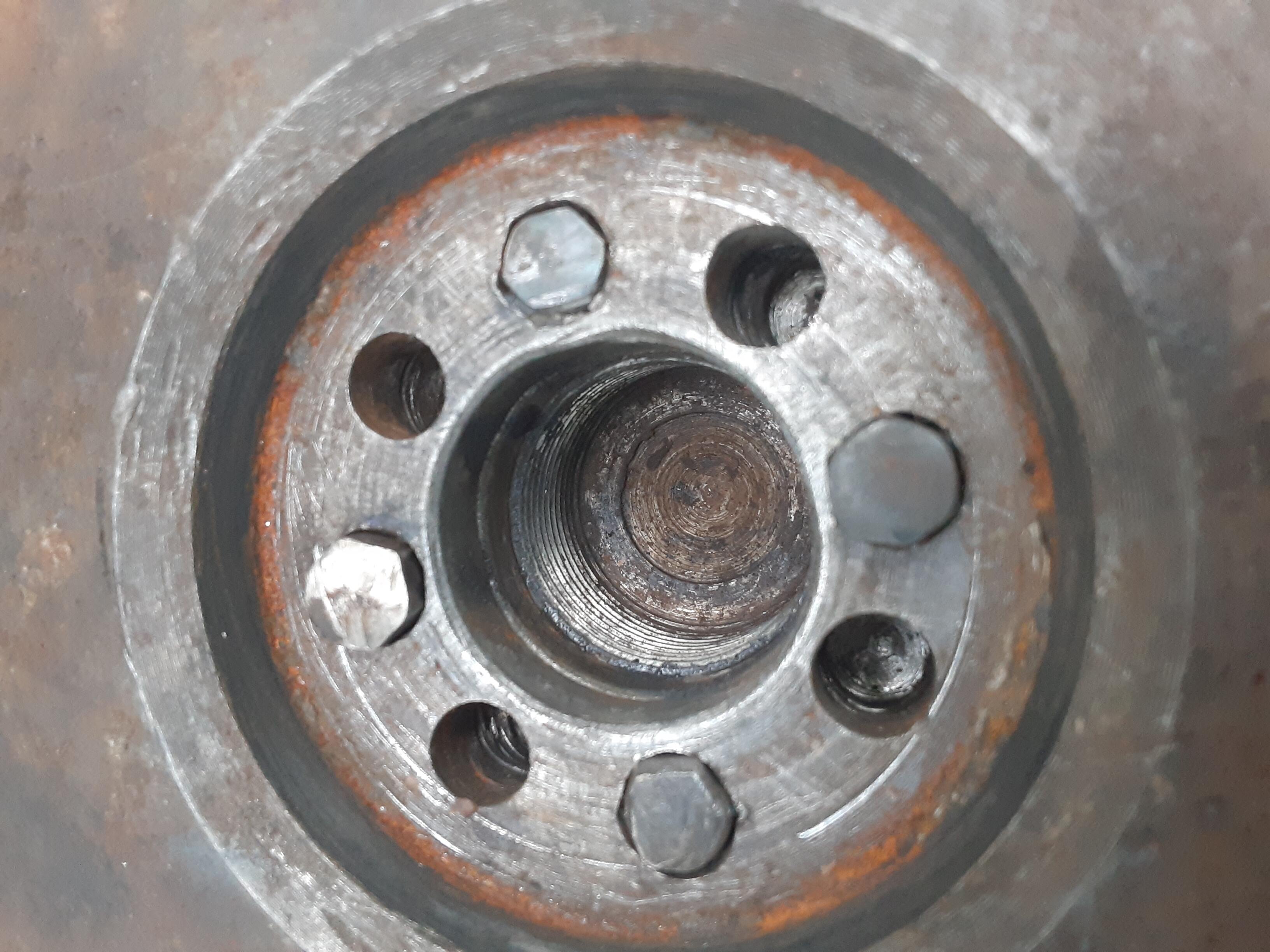
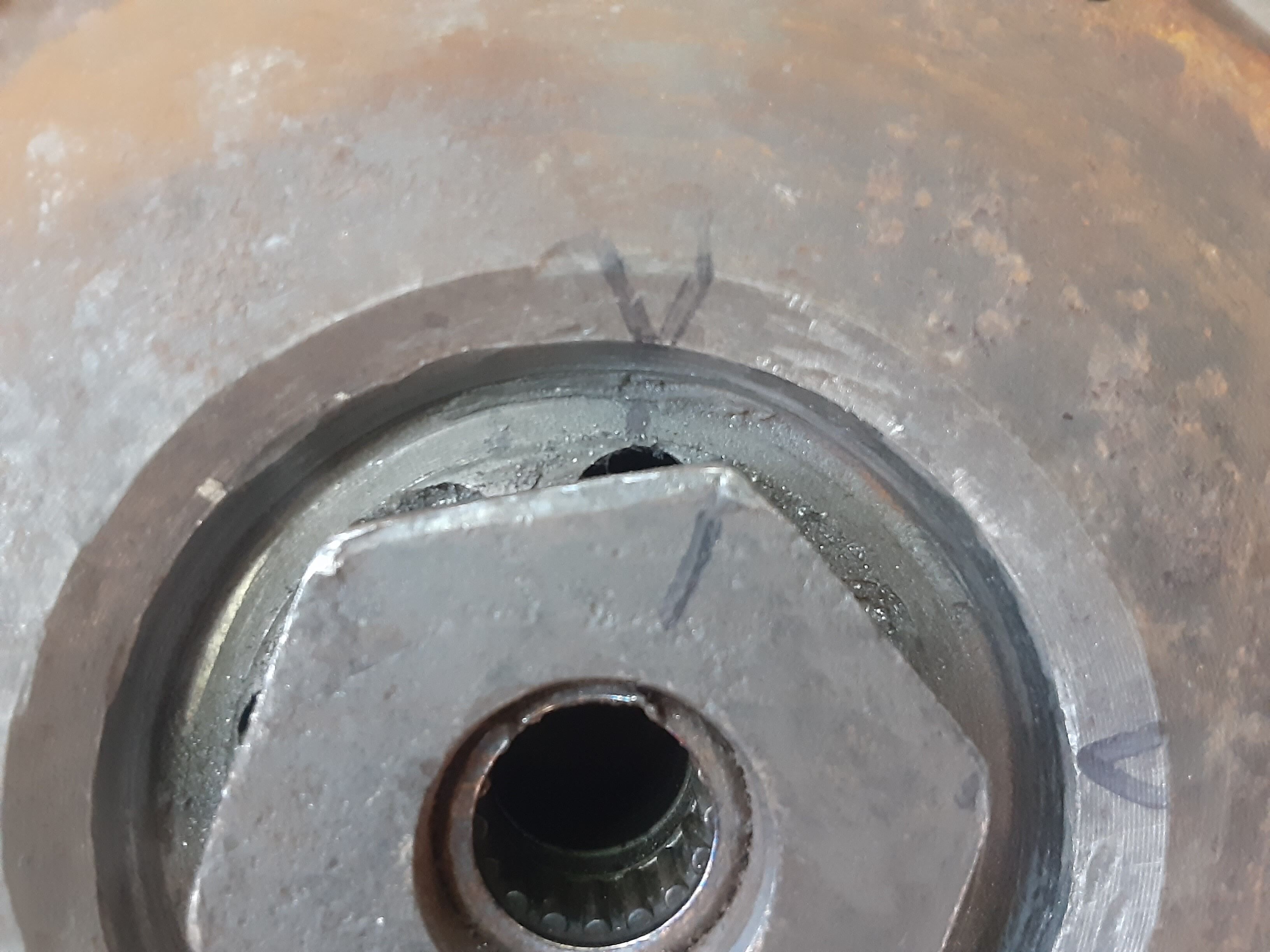
I've decided to mix it up a little and use a diced up 8mm hex wrench for at least a couple of them. Maybe I will still try boring/heating some pushrod dowels and driving #9 fluted concrete nails and see which method feels best.Just did 4 hex dowels - I have a good feeling about them. Assembly lube on the threads & sliding faces I retorqued to the limit of the impact wrench and managed to rotate the gland nut an additional 7mm before an abrupt change in flywheel's static position upon further turning to find the long 3/8" extension I was using in one of the wristpins started to bend. Fingers crossed, I think it's going to be enough. I can hear "The Day is my Enemy" beginning to stir the metaphorical worms in my ear.
Lastly... the threads seem to be allright and the gland nut is the variety that has a large head (not actually oversized thread-wise) with more surface area than the stock lock washer so.. I omitted the washer... I feel like a washer should spread the load bearing surface and in this instance with the oversized nut I feel like it serves no purpose except perhaps to concentrate the clamping force and perhaps promote distortion. Using only lubricant to maximise the tightening of it I feel like going washerless grants me another thread ramp and leverages the advantage of the over-sized bolt face.


Here's how to make a list:
To learn more HTML/CSS, check out these tutorials!